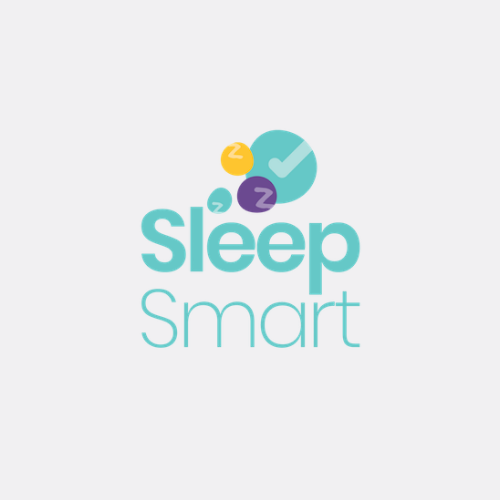According to Ternity Group: Safe Sleep Space, 1 in 3 new parents struggles to get their child to sleep, frequently facing issues like day and night confusion in their children’s sleep patterns, moving or interrupting their children while sleeping, creating pre-sleep rituals, predicting and maintaining a sleep routine, responding to spontaneous tiredness… just to name a few.
With so many elements to consider, 76% of parents interviewed said that sleep and rest practices were an important factor in deciding upon an Early Childhood Education and Care (ECEC) service for their child.
So, how do we as parents and educators decide on what sleep and rest practices are best? How do we consolidate the information, opinions and techniques now available to us surrounding the importance of sleep and rest during the early years? How do we ensure that children sleep and rest, not only safely, but meaningfully?
Sleeping Safely
Safe Sleep Space has conducted extensive research, working with and through partners such as the Australian Children’s Education & Care Quality Authority (ACECQA), the National Safety and Quality Health Service (NSQHS) to identify the safest possible conditions under which young children can sleep and rest, and to impart this knowledge to parents and educators in such a way as to effectively apply it.
Safe Sleep Space offers a variety of training packages for both parents and educators, as well as for the different age groups catered for by early childhood services, which can be found here: https://education.safesleepspace.com.au/courses/
It’s from these Sleep Smart courses that Dewdrops Early Learning educators, and more and more educators across the industry, ascertain how to support children to sleep safely in an early childhood setting. Sleep Smart training largely focuses on active assessment and supervision to reduce any risk to children.
Considerations include:
- Curtains and blinds open/lights on for active supervision
- Omitting both tucking in and wrapping children/infants for sleep
- The use of music
- The implementing of sleep and rest routines
- Sleep and rest surfaces
- The use of pacifiers and comfort items
Safe Sleep Space acknowledges that early childhood settings and home settings are vastly different in terms of what stage of early childhood sleep and rest they provide for, and thus techniques and strategies implemented in early childhood settings may not the same as those recommended in home settings. To understand why, or to learn more about early childhood sleep and rest, you may wish to access Safe Sleep Space’s resources.
Parents/Families
https://www.safesleepspace.com.au/pages/parents
Educators
https://www.safesleepspace.com.au/pages/for-professionals-education-training-professional-development
Sleeping Meaningfully
Safe Sleep Space encourages children to develop increasing autonomy and familiarity with their own bodies and needs. There are a considerable number of techniques and strategies provided to early childhood educators in relation to optimizing these learning opportunities for the children in their care.
Empowering a child to be able to recognize and respond to their own tiredness and need for sleep and rest, can prove challenging, especially when we consider the intentional experiences and activities continually available to children within a quality early childhood program. When we consider this, alongside the desire to participate in the activity of peers and friends, we can quickly see how distracting an environment can be, and how unengaging sleep and rest can seem in comparison to play. Our aim is to make sleep and rest as engaging as any other part of our program. While this doesn’t always or necessarily include making sleep and rest routines more fun, it certainly does include making sleep and rest routines more meaningful.
Through Sleep Smart training, educators learn to identify and respond to signs of tiredness, and to the sleep and rest queues of the children in their care. Educators largely aim to impart these same skills to the children, aiming for them becoming independently capable of regulating their own sleep and rest needs during the day, by the time they are ready for school.
If you’d like to know more about how each child’s individual sleep and rest autonomy is fostered and developed in an early childhood setting, we recommend speaking directly to educators who have completed the Sleep Smart training.
Safe Sleep Spaces, Sleep Smart, and Ternity Group in general, continue to provide helpful services and information to families and early childhood services. You can access their resources and learn more through their website: https://education.safesleepspace.com.au/




